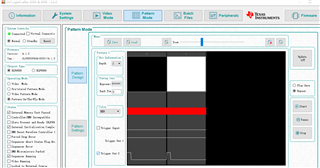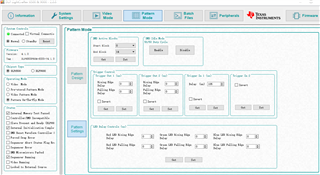Hello, I would like to ask a question. In the above video, I hit the light on the DMD, and I have rotated the DMD by 45 degrees, so that the micro mirror is under the white and black mask, and the light spot is deflected on the same horizontal plane, but I After the white image is imported into the DMD, the micromirror should be deflected by +12°, and the light spot is to the left. When the white image ends to the black image mask, why is there still light intensity in the original white image direction? It should not be -12°. Deflection, there is no light intensity at +12°? I want to use a detector to receive the light intensity in the white image direction, but when the white image ends to the black image, there is still light intensity in the white image direction, and it will be collected. It will all be high level, not high and low levels separated, so I would like to ask this question, thank you

-
Ask a related question
What is a related question?A related question is a question created from another question. When the related question is created, it will be automatically linked to the original question.



